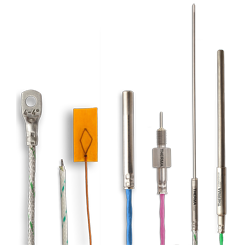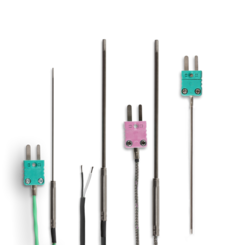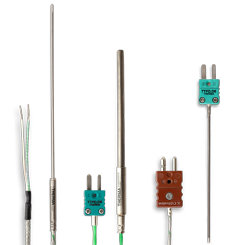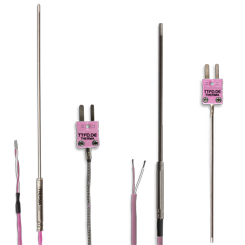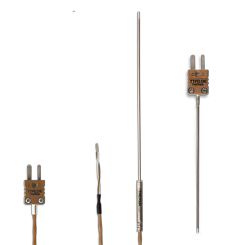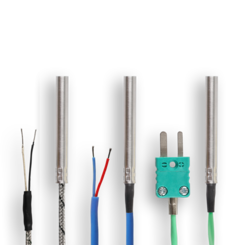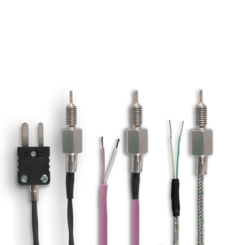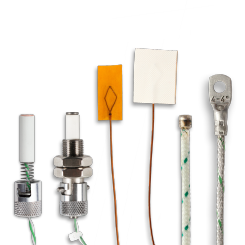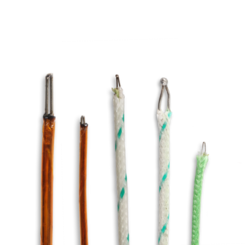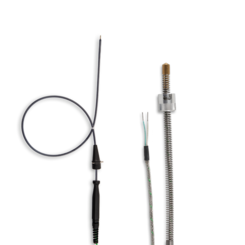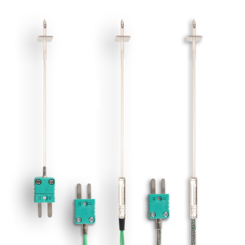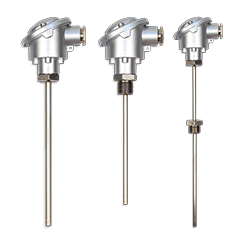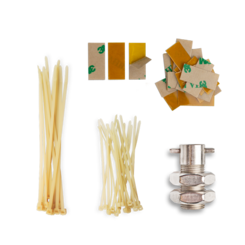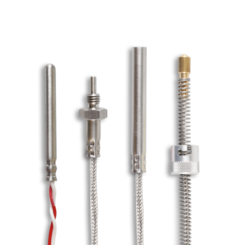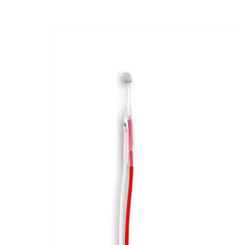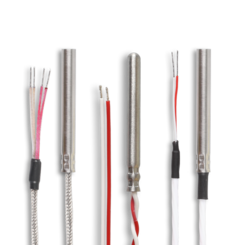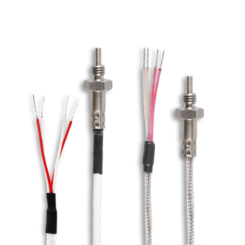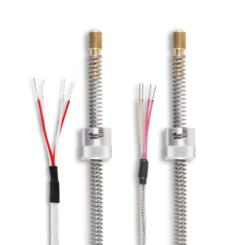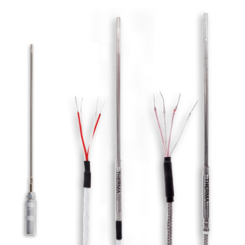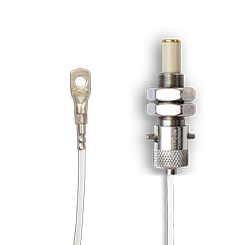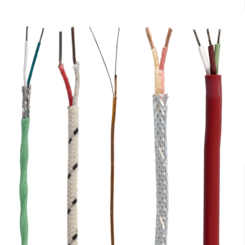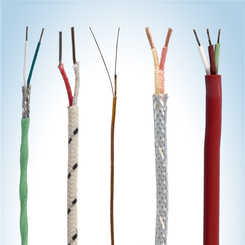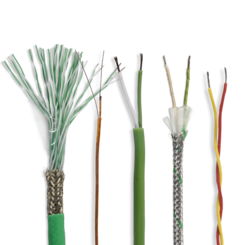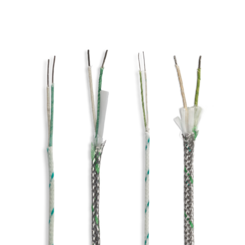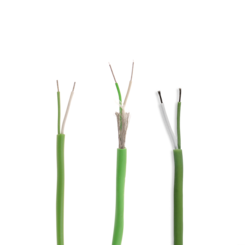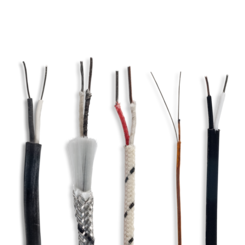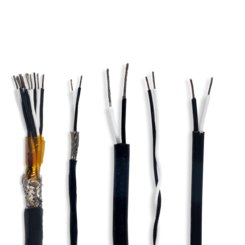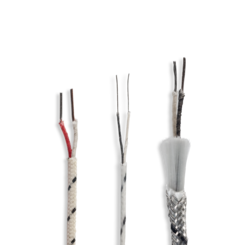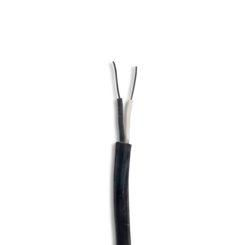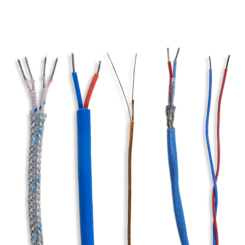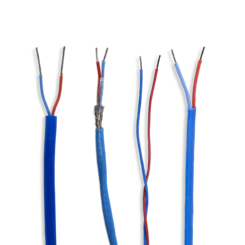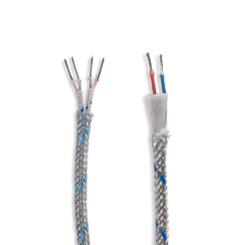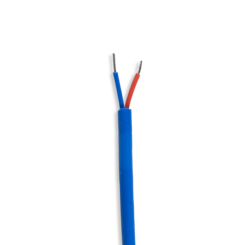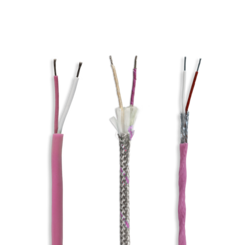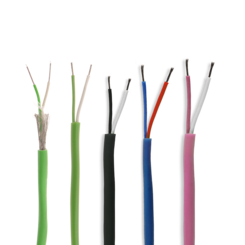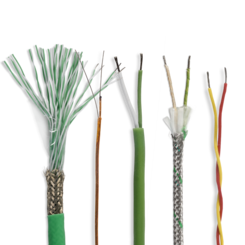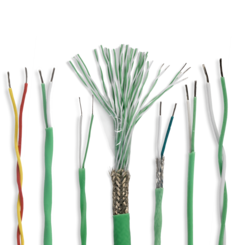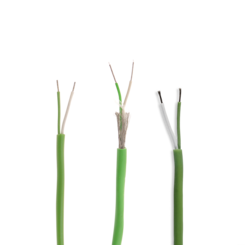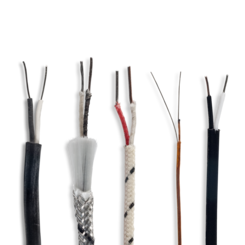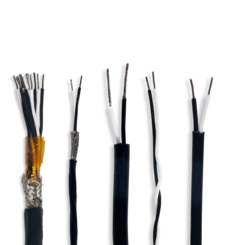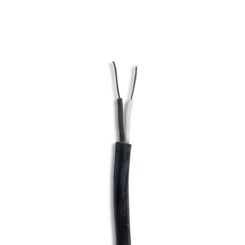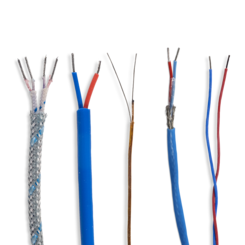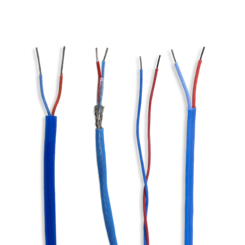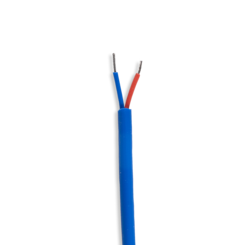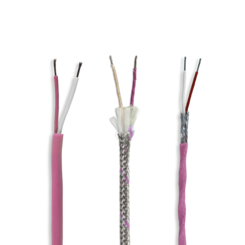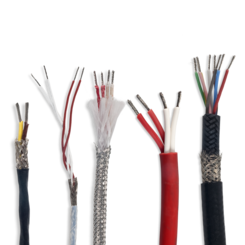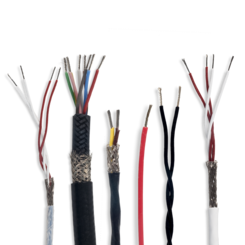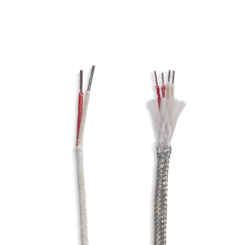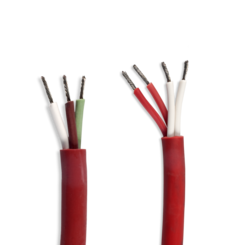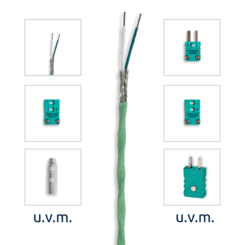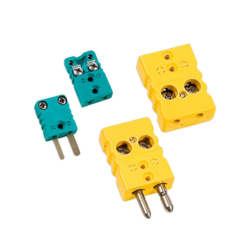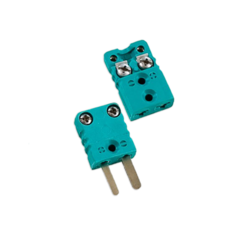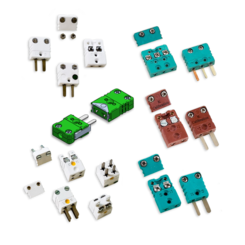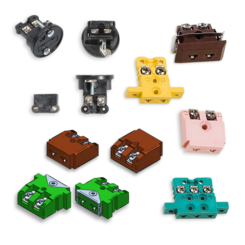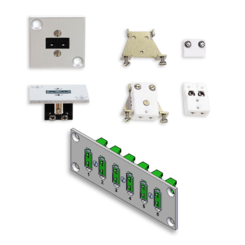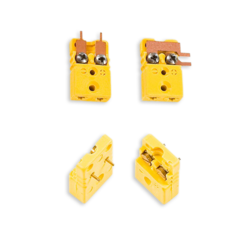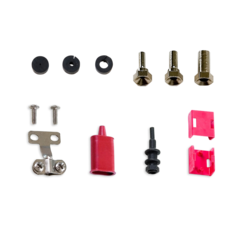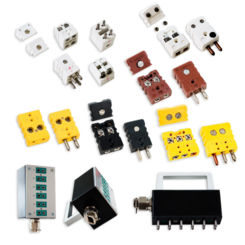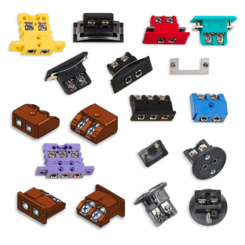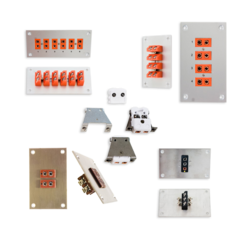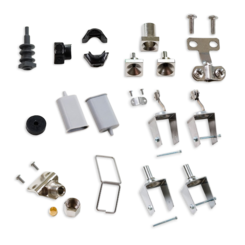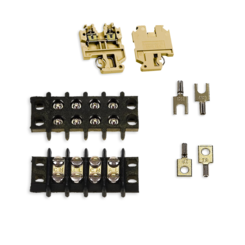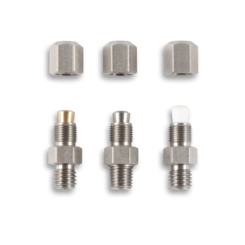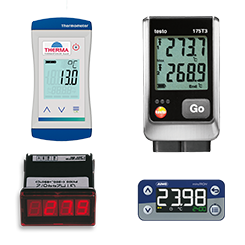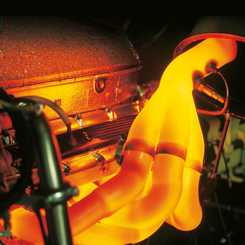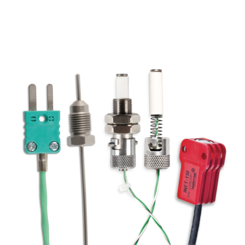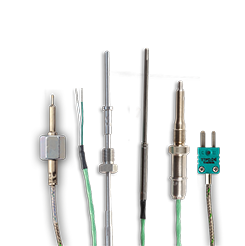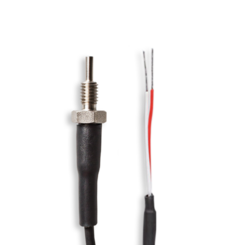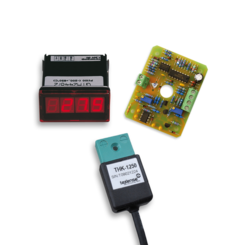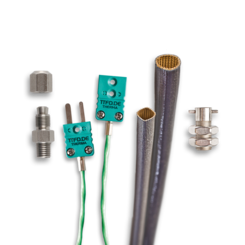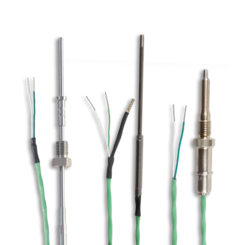- Thermocouples
- Screw-in thermocouple
- Plug-in thermocouple
- Dipstick-Thermocouples
- Wire thermocouple
- Sheathing-tube thermocouples
- Sheathed thermocouple
- Surface thermocouple
- Screw-in resistance thermometer
- Plug-in resistance thermometer
- Wire resistance thermometer
- Sheating tube resistance thermometer
- Sheathing resistance thermometer
- Accessories Thermocouples
- Surface resistance thermometer
- Sheathed thermocouple with terminal head
- Thermo connectors
- More products
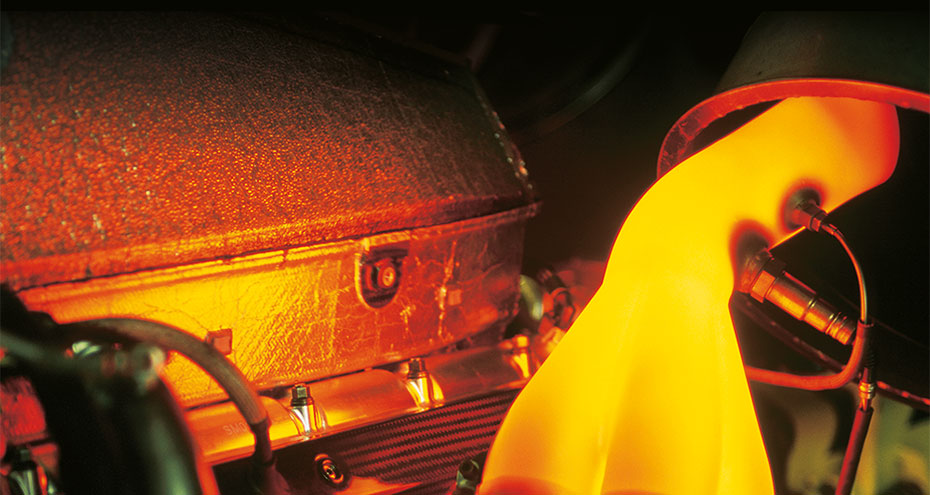
Introduction to thermal sensing: what it is and how it works
Thermal sensing is a term that is becoming more and more present in today’s world. It is an important topic that plays a role in many industries. But what is thermal sensor technology? In simple terms, it is the process of measuring temperatures using sensors. These sensors can be implemented in a variety of ways and can have a variety of applications, from monitoring the temperature of materials to controlling refrigeration equipment. How thermal sensing works varies depending on the type of sensor being used. Overall, thermal sensing is an extremely useful tool for a variety of applications that affect our daily activities.
The advantages of thermal sensors in automation applications
Thermal sensing is a revolutionary technology that offers many benefits in automation applications. The use of thermal sensors makes it possible to take precise temperature measurements, which enables effective control of production processes and systems. The technology is able to measure various liquids and gases, thus ensuring precise monitoring. By installing thermal sensors in industrial equipment, faults can be detected and corrected in time, thereby extending the life of the machine. In addition, thermal sensing saves energy by allowing the systems to be activated only when needed. All these advantages make thermal sensors an indispensable technology in the automation industry.
Thermal sensors in real time: More precision and reliability in temperature measurements
Thermal sensing is an important technology used in various industries and applications. It now offers even more precision and reliability for temperature measurements in real time. This advanced method gives the user the opportunity to take accurate temperature measurements faster than ever before and thus optimally control processes. Whether in medicine, industry or in everyday life – thermal sensors are an indispensable tool that help prevent hazards, improve efficiency and increase quality. The use of real-time thermal sensors makes the technology even more powerful and opens up new possibilities in temperature measurement and control.
The impact of rapid developments in thermal sensing
Thermal sensing is an area characterized by rapid developments and groundbreaking advances in recent years. The impact of these developments on our world is enormous and far-reaching. Thermal sensors are used in a variety of applications, from the food industry to aerospace. With increasingly precise and reliable devices, we can now measure and monitor things that were previously impossible. This leads to better quality, more efficiency and safety in many industries. The rapid development in thermal sensor technology thus has a positive impact on our daily lives.
Improved safety through advanced thermal sensors
Thanks to advanced thermal sensors, safety is improved in a wide range of industries. Whether in food production, the automotive industry or medicine – thermal sensors are an indispensable technology. The thermostatic sensors can measure temperatures precisely and alert you to possible dangers with alarms when temperatures rise or fall. This helps to minimize risk and maximize product quality and employee safety. Despite the increasing demand, thermal sensors have developed further in recent years, which means that more and more accurate and reliable measurements are possible.
The potential uses of thermal sensors
Thermosensorics is an extremely exciting field of research that has become increasingly popular in recent years. The technology makes it possible to measure temperatures in a very precise manner and thus opens up numerous areas of application. From temperature monitoring in industrial systems and air conditioning control to medical diagnostics, there are many potential uses. Efficiency gains and cost reductions can be achieved in many ways through the use of thermal sensors. Thermal sensors will therefore continue to play an important role in research and development in the future and have a significant impact on our modern technologies.
